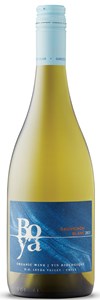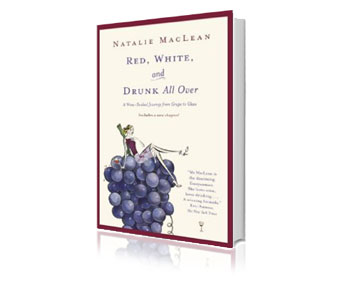De Rose Winery

De Rose Winery
9970 Cienega Road
Hollister, California
USA 95023
Phone: 831-636-9143
http://www.derosewine.com/
Contact: Ralph Hurd
Email: [email protected]
DeRose is located south of Hollister up in the Gabilan Mountains in an area known as the Cienega Valley. The Gabilan Range forms a barrier between the cool coastal climate of the Monterey Basin and temperate Cienega Valley. To the east are the lower Santa Clara Valley and the Diablo Range, the latter protecting Cienega Valley from the intense summer heat of San Joaquin Valley. This strategic location, classified as Region II, creates an ideal environment for wine grapes.
The growing conditions of the DeRose estate surpass those found in many internationally renowned wine regions. With elevations over 1,100 feet, vineyards enjoy moderate temperatures and one of California’s longest growing seasons. The warm, sunny days help build deep colors and desired sugars; the cool nights ensure the development of ample acids. Mid-morning and late-afternoon breezes further modify the climate. Averaging about 15 inches, annual rainfall is considerably less than the north coast. Along with altitude and mild weather, the property’s distinct combination of old vines, topography, geology and cultural practices helps define its terroir (the site-specific growing conditions that impart unique characteristics to a wine).
DeRose has 100 acres of vineyards including 40 planted before 1900. All of the old vines are dry-farmed in deep sandy-loam soils on terraced hillsides. Situated directly above the San Andreas Fault, they lie in one of the world's most active earthquake areas.
Both sides of the infamous fault are under cultivation. Soils east of the fault line contain fragmented granite and crumbled sandstone, while those west of the fissure are mostly granite and limestone. Relatively young in geologic time, these soils contain very little clay and are absent of unwanted hardpan layers, promoting thorough drainage. They are a wonderful medium for growing ripe, well-balanced grapes.
Winemaker Pat DeRose works year-round to achieve optimum vine balance, beginning with well-planned winter pruning and later with careful leaf removal throughout the growing season. With adequate rainfall and extensive root systems, vines obtain proper hydration and nutrition during the long, dry summer. Harvest typically lasts through early November.
Principal Grape Varieties
Zinfandel
The 15 acres of zinfandel vines were originally planted on their own roots in the late 1890s. They grow in an assortment of soil types including a rocky mixture created by the San Andreas Fault and a fine sandy-loam that contains fist-size chunks of dolomite. This brilliant white mineral is mostly calcium, an essential element found in all great vineyards. Head trained and spur pruned, the dry-farmed vines yield only three-quarters of a ton per acre.
Negrette
DeRose has a handful of “old-vine” varieties, but none is more exotic than the 115-year-old negrette. These vines are even rare in their native land of France where records show less than 100 acres planted in the Toulouse region on the Garonne River. Adding to the mystique, the variety was called pinot St. George until the BATF changed its name effective with the ’97 vintage. Ten acres of negrette are planted in gray clay-loam soils that contain large chunks of dolomite. The dry-farmed vines, head trained and spur pruned, grow on their own roots and yield about one-half tons per acre.
Viognier
The three acres of viognier were planted before 1900. These ancient vines are dry-farmed in deep sandy-loam soils on terraced hillsides. Now on bilateral trellising, they produce wines with enormous concentration and viscosity. Annual yields are less than two tons per acre.
Cabernet Franc
A temperamental grape variety in many locations, cabernet franc thrives on the DeRose estate, creating heavily extracted wines with wonderful viscosity. The 15-year-old vines grow east of the fault line in loosely packed loam where the drainage is excellent. Trained on bilateral trellising, the six acres of cabernet franc average 3.5 tons per acre.
Winemaker: Pat DeRose
Update Winery information Submit new wines to be posted Wineries of America
Although there aren't any wines associated with this winery, Natalie may have reviewed brands that this winery produces and she just didn't know to designate this winery in her tasting note. You can search here for specific brands.
 Best Books of the Year
Best Books of the Year Best Books of the Year
Best Books of the Year

















